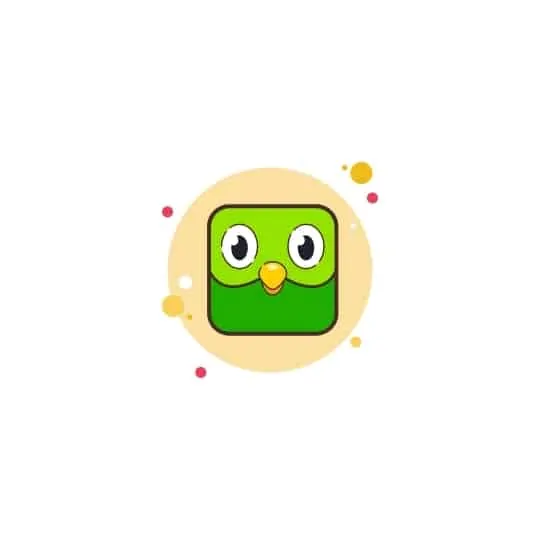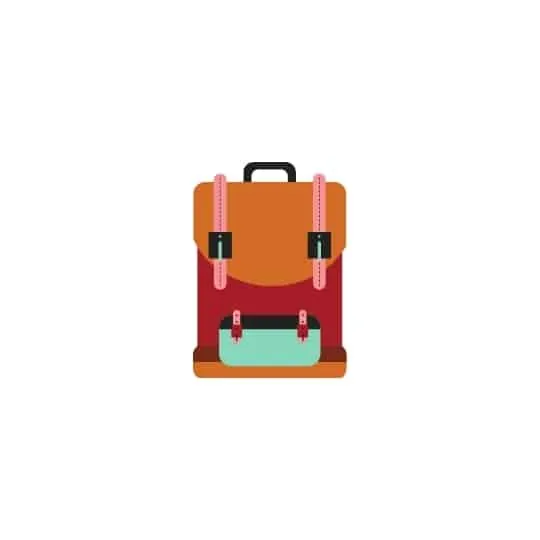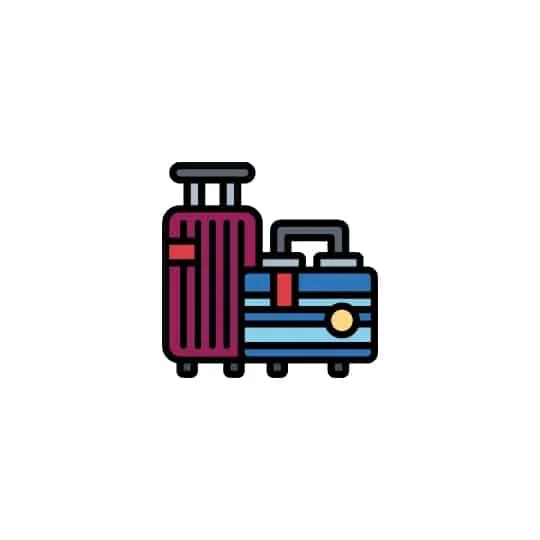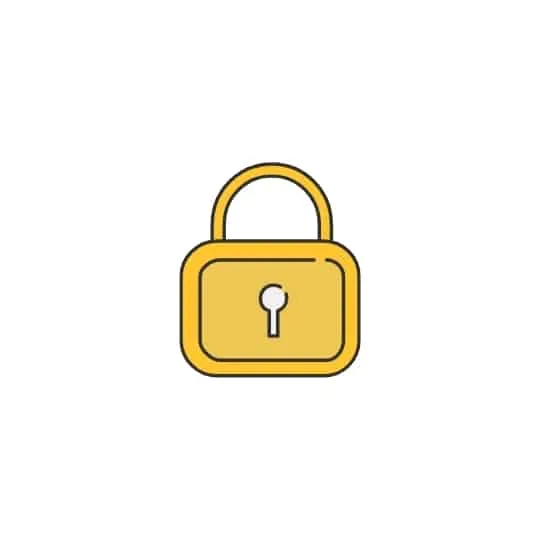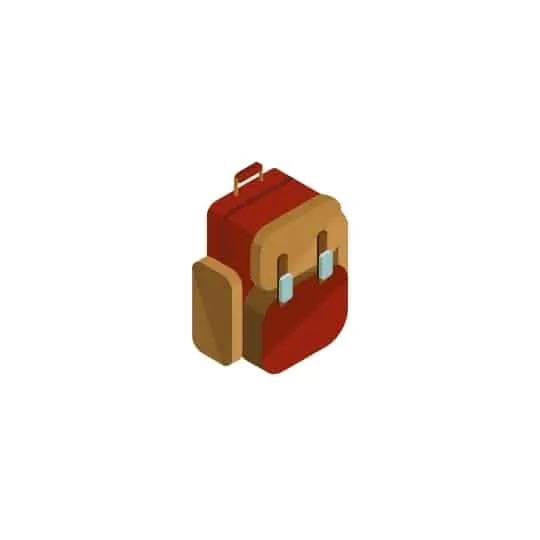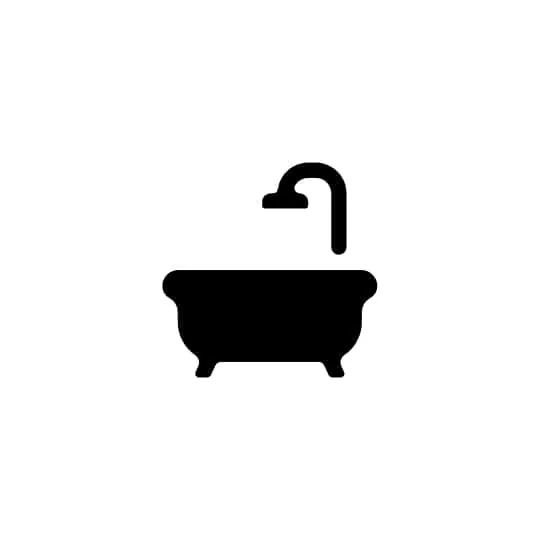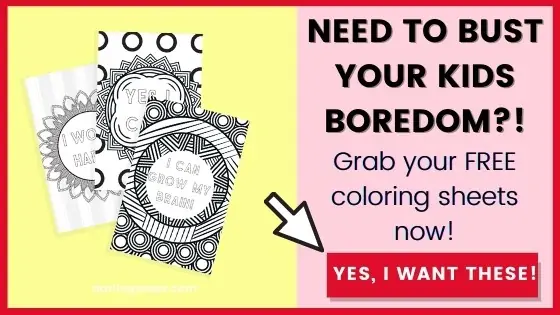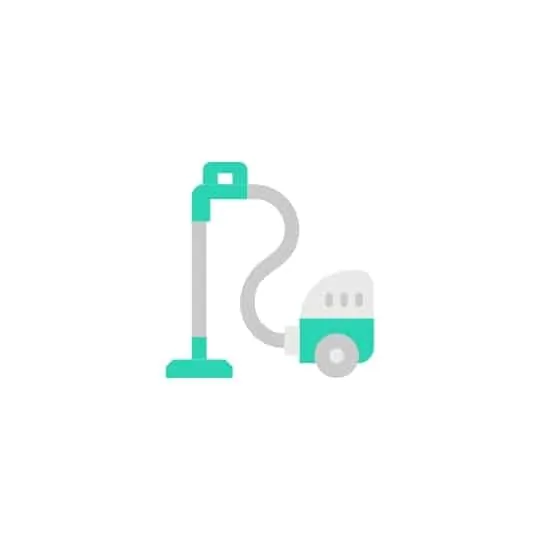How to Create a Kids Calming Corner at Home (or in the classroom!)
How To Create a Calming Corner for Kids
A calm-down corner is a great way to diffuse tantrums. Essentially, It’s also a soothing space designed just for your child or students. Creating a “calming corner” allows kids to learn valuable skills for regulating their emotions.
What Is a Calm-Down Corner?
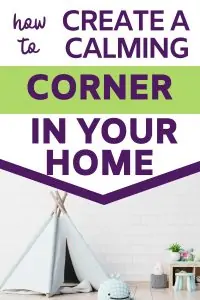
A calm-down corner is where children can calm down when they notice their emotions beginning to spiral out of control.
A calm-down space is simply a place where your kids can go and sort of escape to when they experience high/intense emotions. In this “calming corner,” they can calm their energy, mind, and body to safely and productively release these emotions.
Your corner can be as simple as a space with a soft mat and a bucket of books. Or it can be a fancy elaborate space booming with colors and art. It may not even be a corner! The important thing is to find an area where your child feels calm, relaxed, and in control (away from noise, chaos, and mayhem).
A calming corner is a place for kids to calm down. Rest and reset. It gives children a safe space. In it, they can choose a non-stimulating activity and lower their energy levels back to a neutral state.
A calming corner is essentially a safe and positive place, free of blame, pain, or shame.
It’s important to note that most children (especially younger ones) often have little or no emotional regulation.
What does this mean?
It means it crucial to monitor your children’s stimulation levels.
Kids are sort of like a boiling pot of water. They get warm, then hotter, then they start bubbling, and finally, all hell breaks loose, and everything boils over!
One of the reasons I always create a calming corner for my kids and students is because it blocks out stimulation, noise, and, most of all, me trying to control their behavior. This allows them an opportunity to regulate their emotions first. It’s a massive improvement!
Sometimes we call it our quiet space, but it’s also referred to as a calming corner, calm-down space, cozy corner, sensory tent, or cool down spot.
Calming corners also help kids with autism, ADHD, sensory processing disorder, and spirited children.
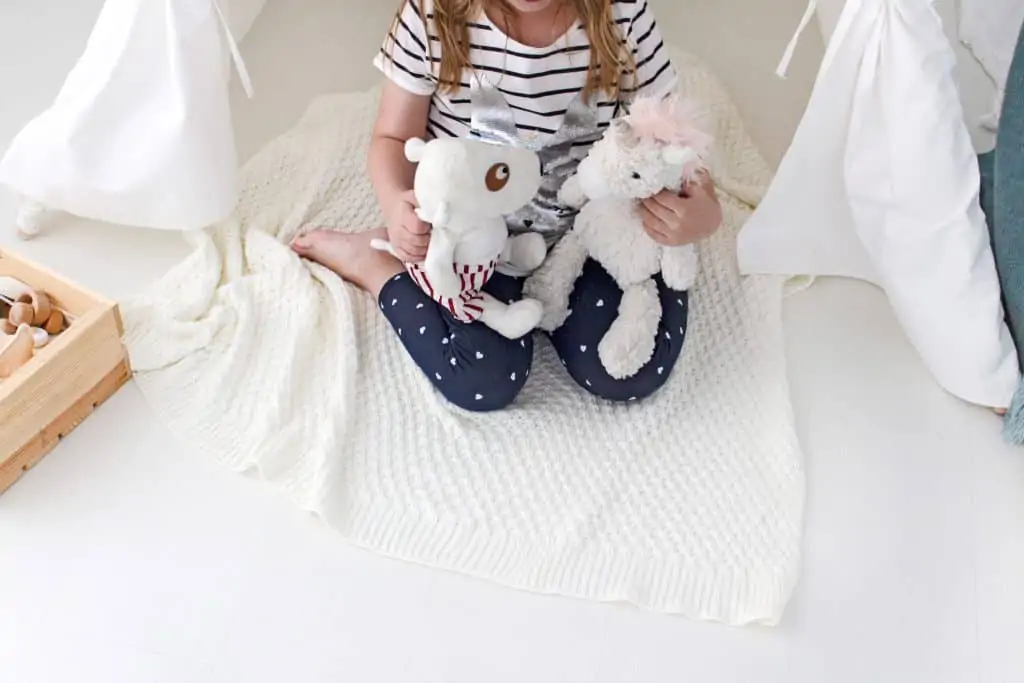
How Does a Calming Corner work?
When children experience big emotions, such as anger, frustration, or grief, it’s easy for kids to become overwhelmed by these emotions.
When the brain is flooded with big emotions, the frontal lobe (the part of the brain responsible for thinking and reasoning) checks out and goes home. The limbic system (the emotional part of the brain) takes over. And THEN, this makes it hard for kids to think clearly.
Tell me if you’ve ever noticed THESE things happening:
They might become irrational.
They may make poor choices.
Or they’ll probably lash out.
They are unable to listen to reason.
They have trouble controlling themselves.
Frustrating and sad, right?
It happens because they don’t have the skills they need to calm the emotional brain and bring the “thinking brain’ back online.
A calming corner aims to calm their brain down and engage the thinking brain once again. In doing so, children regain control of their bodies. Self-regulate their emotions and their minds.
At this point, your students will be receptive to any teaching required. Once they are calm, they can learn strategies for coping with the situation. They can discover more appropriate behaviors, and they can listen to what you have to say to them.
Over time, their brain will become stronger by repeating these activities. Emotional outbursts will lessen as your child learns more effective ways to manage their emotions.
Calming Spaces For Home:
If you are using a calming corner area in your home, you should use the space with kids first (especially for younger children). You want to make your calming corner as positive as possible for your child. It should be a warm, inviting, and safe space.
Whenever you notice your child becoming overwhelmed, take them to the calming corner and sit with them.
Explain why you are going to use the area. For example: “I notice you’re feeling a bit upset right now. Let’s head to our calming corner together and see if we can calm our bodies.”
Encourage your kids to use the tools, toys, etc. available, and stay with them until they are fully calm and reach their neutral energy level.
There is no expectation on them to remain in the space for any particular amount of time. We mustn’t rush children through the process of feeling/grieving their emotions.
How long will this take? Well, the process and amount of time need look different for every child.
Note: This also IS NOT the time for kids to apologize for their behavior or explain anything to you. It’s fair to address your kids’ behavior, of course, but not now. Later. Remember, always keep discipline separate from the calming corner.
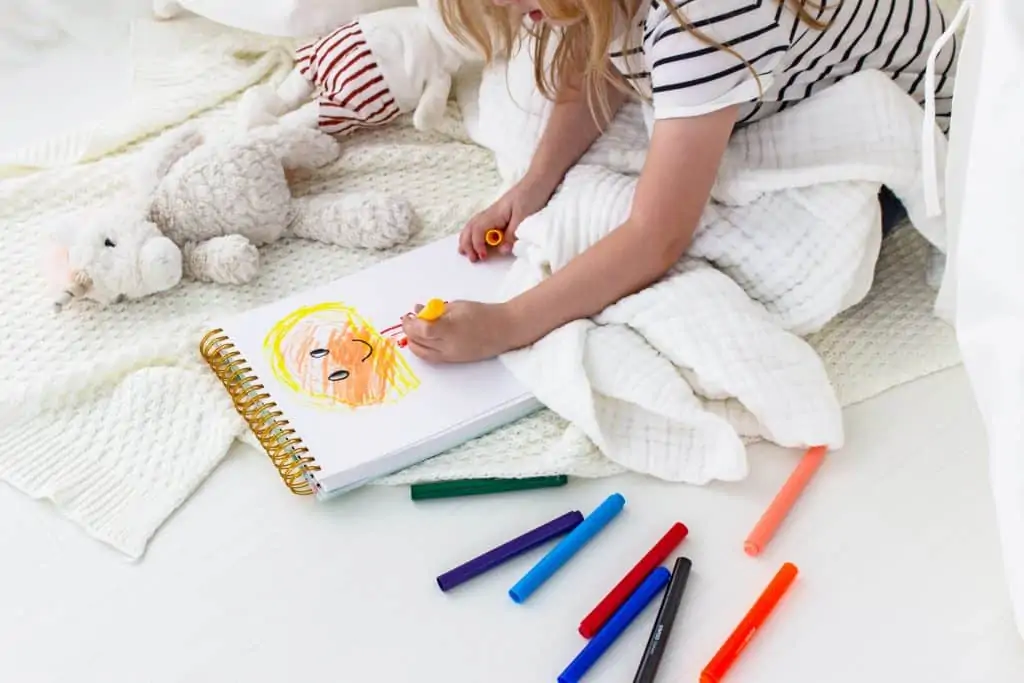
Calming Spaces In The Classroom:
If you are using a calming corner in the classroom, you should remind students to go there whenever you notice they need it. If you see your students becoming agitated, losing focus, or witness slightly disruptive behavior, go ahead and ask the student if they need to use the calming corner.
Once they’re there, you can ask them to use a scale to rate how they’re feeling.
How big is the feeling?
Then, ask them to try using one of their calming items in the space (see the best tools and toys below) and re-assess how they feel afterward.
Then, repeat this process until their feeling’s strength reaches a sufficient number on your scale (agreeing on a number ahead of time is helpful).
I’d suggest checking-in with them every 5 minutes until they feel capable of returning to the group. This doesn’t have to take long. Ask a question to check where they are on the scale and then ask if they are ready to rejoin the class.
Again, if discipline is needed when returning to the class, keep this separate from the calming corner.
Over time, with appropriate assistance and coaching from an adult, children will recognize their signs of overwhelm and retreat to the calming corner without reminders. That’s the ultimate goal. The very definition of self-regulation!
When Should You Use It? (Best Times To Use a Calming Corner)
Maybe you’ve been using time outs with your children, and you’d like to transition to a calming corner. Or perhaps you’d like to incorporate both techniques into your parenting toolkit.
How do you know when to use a calming corner vs. a time out?
According to several experts, the following instances are the best times to use a calming corner:
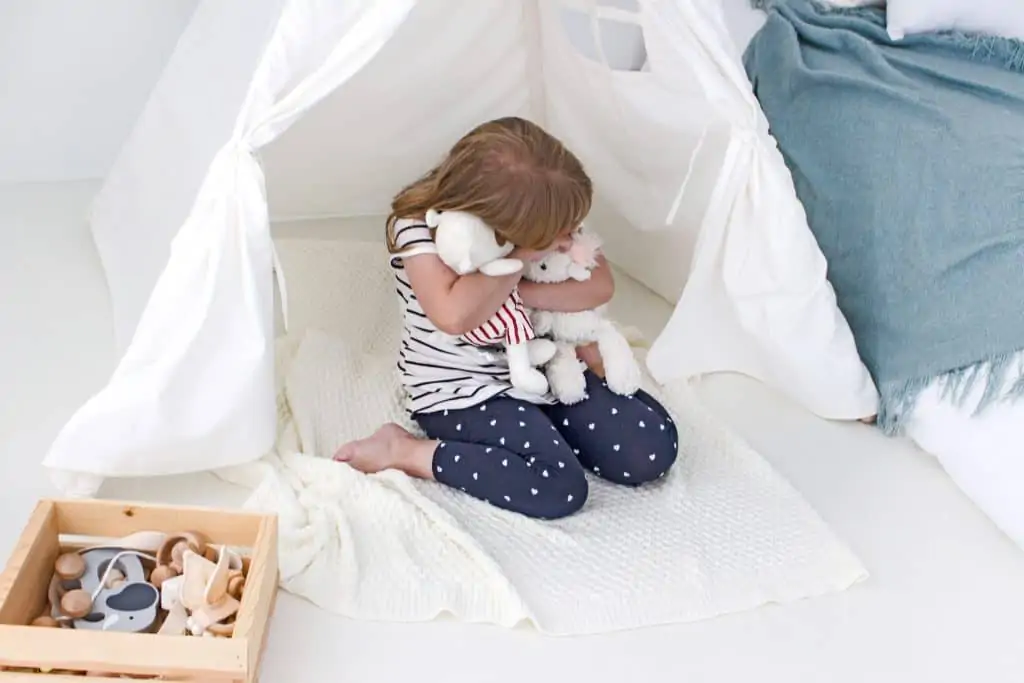
When To Use a Calming Corner
A calming corner is a soothing and inviting space left open for children to enter whenever they feel unsettled or uneasy. Parents need to help children identify the signs their bodies give them to let them know they’re becoming out of control. Things like a clenched jaw, tight fists, shouting, furrowed brows, and throwing things are all signs your child can come to recognize by themselves.
Use Calming Corners Instead of Time-Outs.
Without going into the effectiveness or morality of using time-outs, if time-outs don’t work for your child, you should try this instead.
Often, when kids misbehave, it’s because they are over or under-stimulated. Using this area is not a punishment but a useful tool to help your child regulate their emotions and behaviors. Your child can learn that there are different ways of acting and other methods to channel their energies!
When SHOULDN’T you use a calming corner?
A calming corner is not for time-out or discipline. Well, not in the traditional sense anyway. A child who is being disciplined or punished should never go into their calming corner. Kids are NOT in trouble. We don’t use the calming corner so kids can “think about their actions” or make amends with anyone. You should also never separate a student from class and send them to the calming corner for misbehavior.
Although their behavior isn’t ideal, this isn’t a disciplinary space. Your children are in this area because they feel overwhelmed by big emotions and need help calm down. This is a massive distinction everyone needs to understand.
Teach Kids How To Self-Regulate Emotions
Every home (and classroom) needs a calming corner where children can take themselves to destress and wind down.
Using a calming corner is perfect for when your child is angry, upset, anxious, or overwhelmed. Or even when they are having a tantrum or meltdown.
Watch your child’s body and behavior for signs that they might be overwhelmed and need a break. Those signs may include crying, screaming, hitting themselves or others, or having a meltdown. If you can see that your child struggles to self-regulate, then make a point to validate their feelings and emotions. Afterward, suggest that they enjoy some quiet time in their calming corner. You can also suggest sitting with them and reading a book or blowing bubbles together as a way to invite them into their newfound space.
Your space should feel welcoming and inviting. However, a calming corner isn’t designed to send your child for a time out or punishment. If you force them to use the space in that way, it’ll negate everything you’re working for.
We also like to use our calming corner right after school to help the kids wind down after a long day at school (I’ve also designated a specific time of day during times when we homeschool). It’s a great way to avoid the after-school attitudes and meltdowns that rear otherwise.
Look for “signals.”
Watch your child’s body and behavior for signs that they might be overwhelmed and need a break. Those signs may include crying, screaming, hitting themselves or others, or having a meltdown. If you can see that your child struggles to self-regulate, then simply validate their feelings and emotions and suggest that they enjoy some quiet time in their calm down corner. You can also suggest sitting with them and reading a book or blowing bubbles together as a way to invite them into their assigned space.
Watch your child’s body and behavior for signs that they might be overwhelmed and need a break. Those signs may include crying, screaming, hitting themselves or others, or having a meltdown. If you can see that your child struggles to self-regulate, then simply validate their feelings and emotions and suggest that they enjoy some quiet time in their calm down corner. You can also suggest sitting with them and reading a book or blowing bubbles together as a way to invite them into their assigned space.
There should also be no expectation that they apologize for their behavior or explain anything to you. By all means, address any inappropriate behavior, but this should happen later. Keep discipline separate from the calm down space.
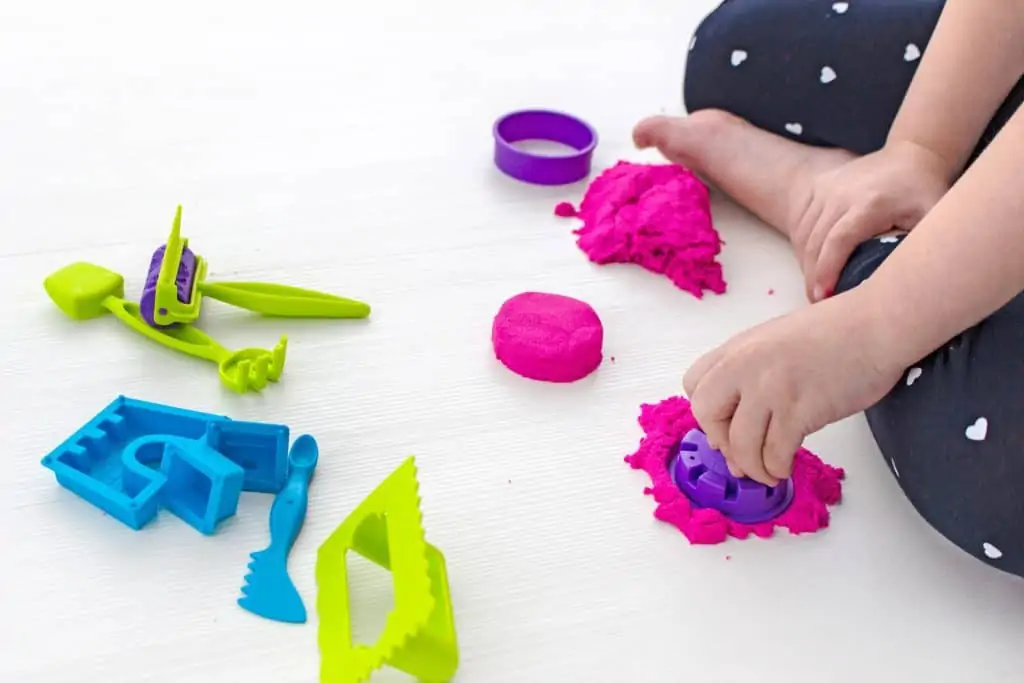
Should You Create a Calming Corner?
Children typically misbehave because they don’t know how to manage, regulate, and control their behaviors when they’re stressed.
A calming corner allows for teaching moments so you can help your child develop these skills.
Benefits of Calming Corners & Why Every Home & Classroom Needs One
They Help Children Learn from Their Mistakes
Right out the gate, let me say this: It SO SO important that your child understand that no-one is perfect and everyone makes mistakes. They need to know that it’s lovely to make mistakes, and we need to learn from those mistakes.
Kids must understand that making a mistake might make you feel bad for a little while, but it doesn’t mean that they are bad.
Understanding this difference will help your kids tolerate unpleasant emotions better. Go ahead and reassure your child that their feelings are normal and valid. Everyone feels them, and they are not alone.
But, once they’re calm, explain the impact their actions have on others. Understanding how their behavior affects the way other people feel is an essential part of developing emotional intelligence.
Encourage your child to make things right once they’ve had time to calm down.
Sometimes, despite your best efforts to express understanding, your child still may get overly riled up. When you realize that your child is getting to that mountain-cliff moment, suggest that the two of you have some “quiet time.” Then, snuggle up, read a book or calm down using any of the calming corner ideas below. Often the connection and the shift to their “thinking brain” will help your child “re-regulate.”
Now, sometimes your child is too far gone for a book. They lash out, hit someone, or throws themselves on the floor in a fit.
Before you send your kid off to their room or calming corner (you shouldn’t! Remember?) to “calm-down” don’t. Why? Doing so gives your child the message that their emotions are shameful and not allowed in public.
Not exactly the message we want to send across. Instead, you want your child to learn that emotions are a part of being human. And that they are capable of noticing and accepting them. Then, expressing them in a positive, constructive, healthy way.
Please understand. I know how tough this is to learn and implement. It’s so simple in words and theory. I know this is a tough job to fill. Mostly, many adults (myself included) rarely realize the dysfunction in the ways we express our emotions.
Society typically shows and tells us that our feelings are unacceptable. Then, we spend a lifetime hiding emotion. We are suppressing our feelings with outlets like food, social media, and more.
When we sweep our emotions under the rug, it doesn’t go anywhere. Remember that. It’s still a pile of dust-sh*t waiting to be cleaned up. Your body virtually never regulates and bubbles up at any moment. (Hello, yelling moms. *Sheepishly waves*)
Let’s work to heal those emotions and teach our children a better way.
Brain Development & Calming Spaces
Want to teach your child more constructive ways to regulate their emotions? Then, you can start by offering a clear neutral understanding when they show you their big feelings.
Give them the message that they’re safe, that you love them even when they’re upset, that you want to help them through this moment. Then, after your children are calmer, support them to solve whatever problem they’re having. This approach is the foundation for your child accepting and then learning to manage their emotions.
And that’s the foundation of what we call “EQ” or Emotional Intelligence.
This approach of soothing your upset child isn’t just psychological learning. It helps your child build the neural circuits to calm themselves more readily. Every time you settle your upset child, her body releases soothing hormones and neurotransmitters, strengthening those self-soothing neural networks. Your child begins to develop a “vagal tone,” which means that the vagus nerve becomes more effective in calming the child’s emotions when they’re upset.
That’s the beginning of resilience, the ability to bounce back!
So every time you soothe your child and help him feel safe and understood, you’re helping him build a brain and nervous system that will allow him to calm himself in the face of upset and adversity — for the rest of his life.
And — if your focus is, understandably, just on getting through the rest of the day — loving your child through his upset builds trust and strengthens your relationship with your child, so he’s more cooperative.
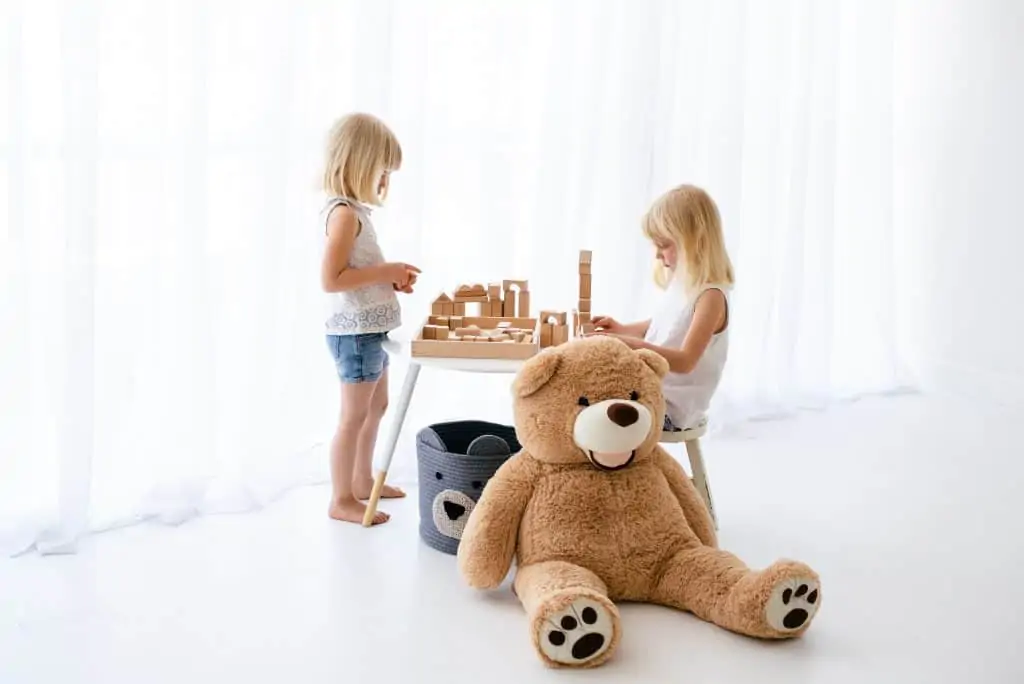
Can Two Children Use a Calming Corner At Once?
Absolutely! Before you do, though, be sure there are two separate seating areas, like these bean bag chairs or other cozy places, so they don’t fight over who sits where. Then, insist that only “quiet, indoor voices” are used in the calming corner.
A Perfect Calming Corner
This is quite important, so I’m mentioning it again. If you send your child or student to this area/space as a discipline tactic, it will feel like rejection to your child.
No-one child likes or can fully process and comprehend feelings of rejection. Please don’t do it.
Instead, always go with your child or student, so they develop positive associations to your calming corner. It’s best not to wait until your child is upset. Head to the calming corner for quiet times, so your child/student gets used to this space as a calming, positive space where relaxation happens.
Likewise, whenever you get upset, model using the calming corner yourself to calm down too! And you can even encourage your child/student to accompany you.
You’ll notice that once your child gets used to going to the calming corner with you and embracing the one-on-one time in there, they’ll begin to go there by themselves whenever they are upset.
Calming Corner Ideas
Calming corners are brilliant, aren’t they? Now that you’re convinced let me share WHAT I have in my calming corner. With an empathetic child and spirited child, the pieces I’ve compiled into our “calm-down space” is perfect for anyone creating their own. I’ve studied child psychology extensively, and you’ll find that the items in our home (and my classroom) will suit many personalities and sensory needs.
Most of these items are on Amazon and Etsy. Quite frankly, when I need something, I want it NOW, lol, and Amazon is the fastest way. On the same note, I LOVE to support small businesses and encourage everyone to consider Etsy for quaint, unique items!
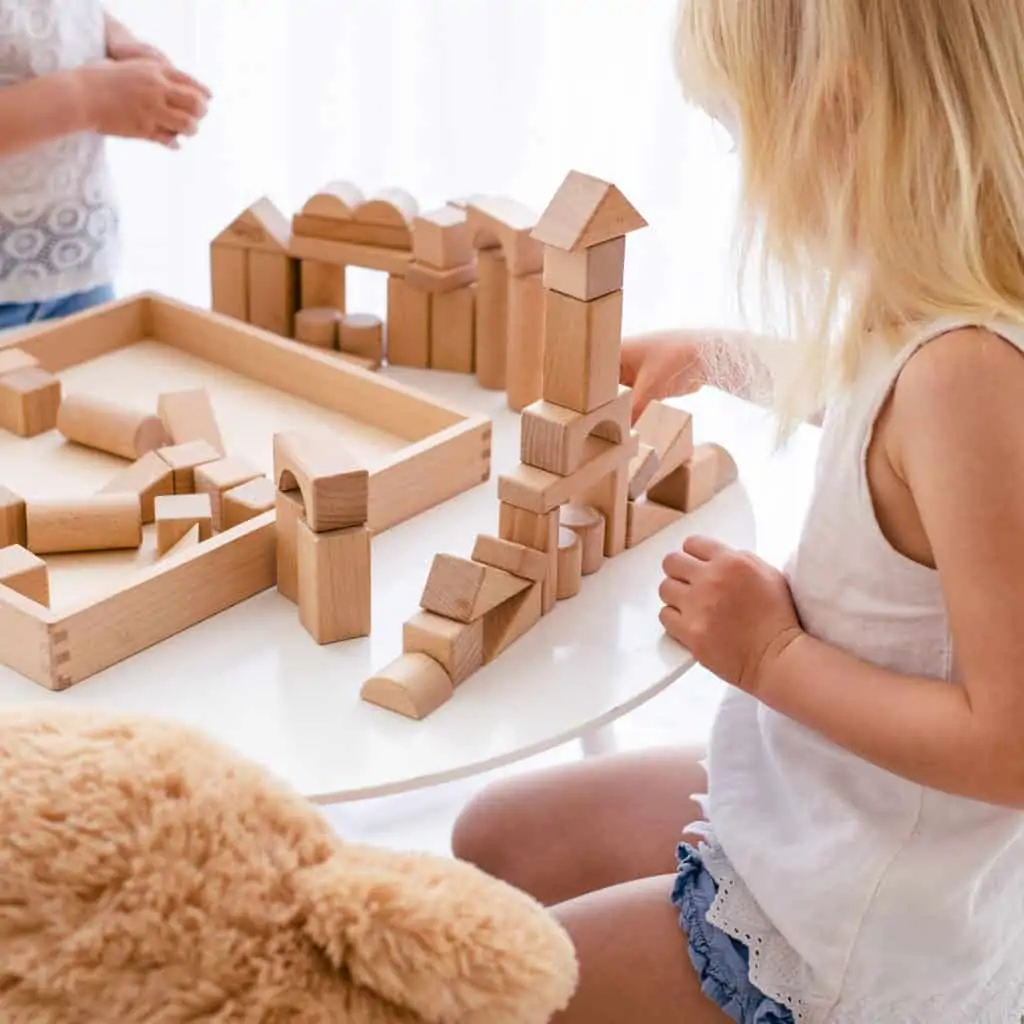
Best Things for Calming Corners (What Do I Put In a Calming Corner?)
Calm down cards
Simple sensory activities/ crafts to calm down
Music:
How To Design a Calming Corner
Colors to use in a calming corner:
When designing your calming corner, you’ll want to keep colors in mind. It’s best to use colors scientifically known to relax our nervous system and brain instead of colors such as red and orange that heighten our emotions and create an opposite effect of what you’re trying to attain. Here are some ideas of the most relaxing colors for your calming corner:
Blue: Any shade of blue works here
Green: Same applies here.
Soft pink
Violet
Grey
Yellow: Use sparingly.
Any neutral color
One easy note to remember is that soft, pastel colors will create the most relaxing atmosphere for your calming corner instead of bright, vivid, or neon shades and hues.
Beautiful Calming Corner Posters and Printables

Calming Techniques & Strategies
Effective Coping Strategies for Kids
Hand-Breaths
Meditation
Deep/Box Breathing
Music
Yoga
Exercise
Shower
Blow Bubbles
Calming Essential Oils Blends for Kids
First, let’s talk safety. It doesn’t matter how “natural” something is. When misused, it has consequences and is dangerous. Yes, essential oils can be hazardous. Generally speaking, most children, age six and older, can use most essential oils. Every age has different recommendations (mostly children under 6.)
This is a great “safe essential oil guide” for kids.
Beyond that, anytime you use essential oils with your kids, you always want to watch for ANY and ALL side-effects (good or bad). Was it helpful? How did they respond? Did they develop a cough when you started using them (think- younger kids, particularly with respiratory weaknesses or sensitivities).
Always speak to your physician, doctor, etc., before, during, or after use. Always read the recommendation on the bottle. For example, some essential oils need dilution by being added to a carrier oil (like almond, coconut, or olive oil).
Most essential oil producers create ready to use child-friendly versions that already diluted for you!
Essential oils, when produced honestly, should be the natural oil from the plant or flower. That’s it: no other fillers, chemicals, or hidden junk.
But, essential oils in the U.S.A. fall under the “beauty product” category and, therefore, aren’t regulated. What does this mean? This means that ANY company can say their essential oils are 100% pure or therapeutic. (yup, even when they are not!)
If you see a $3 bottle of lavender oil next to the $1 knock-off Tylenol, it’s a safe bet that it isn’t pure essential oil.
It’s so important to do your research and buy from reputable companies that you trust. These are companies that I’ve used or trust because of their transparency. (This means they show reports of what is actually in their oils and the process etc.)





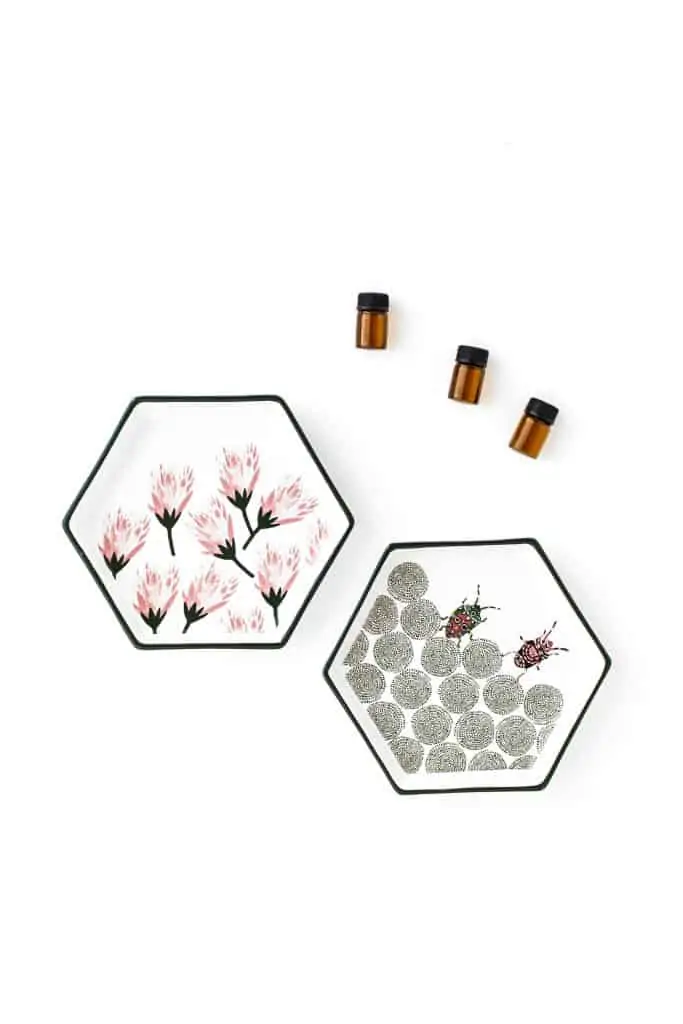
Calming Essential Oils Blends for Kids Recipe
- Patchouli
- Spearmint
- Neroli
- Lavender
- Rose
- Bergamot
- Ylang ylang
- Lemon
- Chamomile
- Vetiver
This is not a be-all, end-all list of calming essential oils. There are millions of articles on the internet with a ton of info that I won’t cover here today. I will mention again that you should always consult your doctor before using oils on or around children in any way.
I always diffuse several drops of:
- Vetiver
- Orange
- Lavender
- Grapefruit
- Spearmint
Depending on the emotions and energy in the room, I use more of some than others. But, I consistently come back to these essential oils when I’m looking to calm the kids down.

There you have it! Everything you need to about calming corners and how to create one in your home or classroom! I hope you have a ton of fun creating this space and if you can, I encourage you to get your kids or students involved in the design process too! I’d love to see your spaces, so feel free to share them!

A tiny request: If you liked this post, please share it?
I know most people don’t share because they feel like we don’t need their “tiny” social share.
But here’s the truth…
I built this website piece by piece, one small share at a time, and will continue to do so. So thank you so much for your support, I greatly appreciate it.
A share from you would seriously help a lot with the growth of this blog.
Some great suggestions:
- Pin it! (I even made a pretty pin for you!)
- Share it in your fav FB group
- Tweet it!
- You can even email it to a friend!
It won’t take more than 5 seconds of your time. (& the share buttons are right here for ya 🙂 I appreciate you <3)








